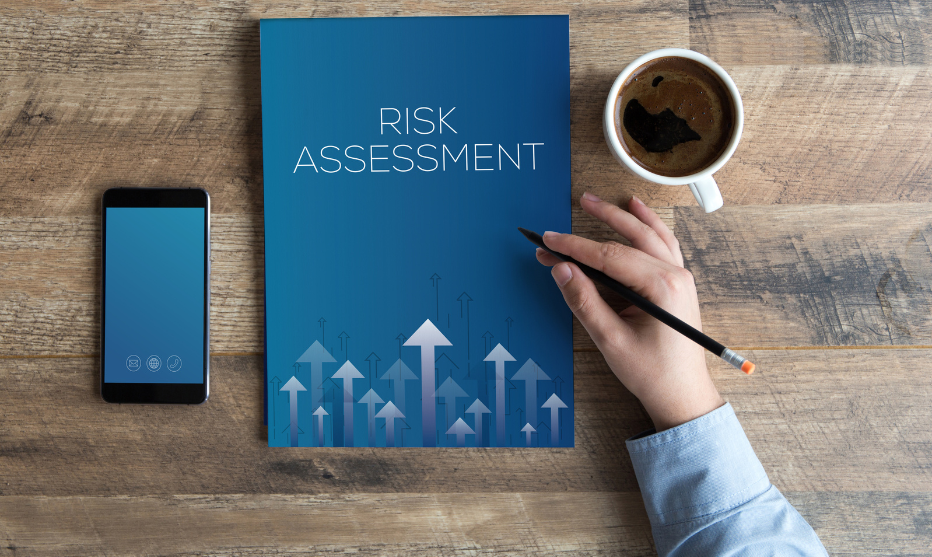
The United Kingdom (UK) has left the European Union (EU), and the transition period after Brexit will come to an end on 31 December 2020. By the end of this transitional period, the legal framework will change, affecting all involved parties. To address this, during November 2020, the MHRA provided several documents that serve as guidelines to help affected parties, especially Marketing Authorization Holders (MAH) in the whole UK, to adapt to the future scenario. Having carefully reviewed the guidance documents provided by the MHRA, throughout this article we will introduce you to the forthcoming key changes in the pharmacovigilance system that will take effect from January 1st, 2021.
Who will be the UK’s medicines regulator?
Starting from January 1st, 2021 the United Kingdom will only have one main medicines regulator – Medicines and Healthcare products Regulatory Agency (MHRA), which will retain full responsibility for Pharmacovigilance.
Will the legal requirements be applied uniformly throughout the United Kingdom?
No, there will be a number of different requirements that will apply to Britain and Northern Ireland separately. Great Britain includes England, Scotland, and Wales. For products placed on the market in Northern Ireland requirements will, in general, remain in line with EU requirements.
Key changes in the Pharmacovigilance system:
Qualified Person responsible for Pharmacovigilance (QPPV)
Following requirements for QPPV will apply to all UK’s Marketing Authorizations (MA) that are covering the whole UK or are specific to Great Britain and Northern Ireland and its MAHs:
- MAH must designate a QPPV;
- QPPV must reside and operate in the EU or UK;
- If QPPV resides and operates in the EU, the MAH must appoint a national contact person for pharmacovigilance.
Statutory guidance concerning the QPPV for UK authorized products are described in the Good Pharmacovigilance Practices (GVP) Module I. This guidance will be supplemented by the ‘Exceptions and modifications to the EU guidance on good pharmacovigilance practices that apply to UK marketing authorization holders’, which will be published in due course.
Temporary exemptions requiring the MAH to designate a QPPV that meets its requirements in the UK and is responsible for the UK-registered products pharmacovigilance system will not apply.
National contact person for pharmacovigilance
As mentioned above, if MAH designates a QPPV who resides and operates in the EU, they also must nominate a national contact person for pharmacovigilance. This person has to:
- Report to QPPV;
- Have access to the reports of suspected adverse reactions and PSMF;
- Assist in responding to pharmacovigilance queries raised by the MHRA, including via inspections.
This requirement must be met no later than 12 months after 1 January 2021.
Pharmacovigilance System Master File (PSMF)
- All UK MAs (including those in Great Britain and Northern Ireland) must maintain a PSMF which should be available upon request of MHRA;
- A single PSMF can be used for all UK authorised products;
- The PSMF of MAs that cover all UK or specifically Northern Ireland must be located either at the site in the EU where the main pharmacovigilance activities are performed or at the site where QPPV operates; Should be accessible electronically at the same point in the UK from which the suspected adverse reactions are accessible;
- Must be permanently accessible from the stated location in the UK;
- From 1 January 2021, it is necessary to request a PSMF number using the MHRA submission portal. However, before requesting a PSMF number, the Marketing Authorization Holder must notify the MHRA of any changes regarding the UK QPPV information;
ICSRs submission
- All UK (including NI) ICSR (serious and non-serious) and serious ICSR from other countries must be submitted through the new MHRA Gateway or ICSR Submissions Portal;
- For products on the NI market, the MAH will have to submit ICRSs following existing EU requirements to the Eudravigilance database.
Signal detection
From 1 January 2021, it is mandatory to notify the MHRA of signals originating from any data source as well as of individual signals provided by the MAH to the EMA that are relevant to the products, as well as signals raised by the EMA;
Products placed on the NI market – MAH must additionally notify the EMA of those safety signals that are considered to meet the definition of a safety issue;
The signal evaluation will be performed and decisions on identified and internationally highlighted signals will be made by the MHRA;
A new requirement comes into force for the MAH, which requires that safety issues should be reported within 3 working days after it is determined that a signal or safety problem from any source meets the definition of an emerging safety issue;
Risk Management Plans (RMPs)
- The MHRA will adopt versions of the EU risk management plans but may request the inclusion of information in an additional annexe;
- For CAPAs, the currently approved version of the RMP should be included in the initiating sequence as part of the conversion process.
Periodic Safety Update Reports (PSURs) submitted after January 1st, 2021
- The MHRA will adopt versions of the EU PSURs, but may request additional information, which should be included in a separate annexe;
- The MAHR will develop submission requirements and a list of UK reference dates, but until then MAH will need to follow the EURD list; PSURs should be submitted at the same time in the EU and UK;
- Single assessment procedure for a product with the same active/combination;
- PSURs that have been submitted to the EU PSUR repository before 1 January 2021 will not need to be resubmitted, but the MAHR may request their copies;
- PSURs for active substances/combinations not included in the EURD list should be submitted to the MHRA every 6 months for the first 2 years after entry into the market, once a year for the following 2 years, and every three years thereafter;
- There will be an £ 890 fee for the evaluation of PSURs for active substances/combinations included in the EURD and submitted to the MHRA.
Periodic Safety Update Reports (PSURs) submitted before January 1st, 2021
- If the single assessment procedure is not completed by that date, then the assessment will be carried out by the MHRA assessing the available information and EU decisions;
- Upon completion of the assessment, but without the implementation of the result by 1 January 2021, the process will be completed by the MHRA.
Post-authorisation safety studies (PASS) protocols and results submitted after 1 January 2021
- A draft protocol must be submitted to the MHRA before the start of the study;
- For MAs that are NI-only or include NI, the draft study must also be submitted to the PRAC;
- The final study report should be submitted to the MAHR within 12 months of the end of data collection;
- Valuation of PASS protocols or final study reports is now charged at £ 8,309.
Ongoing issues regarding PASS protocols after 1 January 2021
- The MHAR will adopt and finalize the draft study protocol if the EU PRAC has approved or substantially amended the draft study protocol by 1 January 2021, or if PASS has been proposed or established, but the draft protocol has not been approved. To accomplish this, the MAHR may request all necessary information about the protocol.
Ongoing issues with PASS final study reports after 1 January 2021
- In the absence of any recommendations by EMA by 2021, the reports shall be submitted to the MHRA.
Safety Referrals and Major safety reviews
- Procedures that are initiated but not completed by January 1, 2021, will proceed in the normal process, but all information must be submitted to the MHRA who will complete the assessment;
- If the MHRA has doubts about a UK-authorized medicine or group of medicines, it can carry out a major safety review to determine what regulatory action may be needed. This correspondence will be announced to QPPV (or another contact person) and published publicly.
Post-authorisation Measures (PAMs)
- Post-authorisation obligations (specific obligations, Annex II conditions, etc.) in place on 1 January 2021 will remain in place;
- Converted EU MAs should use the current application forms for PAMs. A copy of the application should be included in the data submission package;
- With the PAM data provided, but with an incomplete evaluation, the evaluation process will be completed by the MAHR.
Implementation of outcomes of referrals and procedures concerning PSURs, PASS, signal assessments, and PAMs
- If the above procedures necessitate a change in product information, this will be done via variation procedure;
- If the procedure was completed by 2021 January 1, however, no amendment was tabled, the result will be implemented in the same way as in the EU;
- If an EU decision has not been taken by 1 January 2021, the MAHR may carry out its assessment and publish the results together with the recommendations.
We hope that this review has helped you to delve deeper and familiarize with the forthcoming legal changes in the field of pharmacovigilance and regulatory affairs that will take effect from 1 January 2021.
Insuvia supports all aspects of pharmacovigilance in EU and the UK. If you need extra help after Brexit transition period, we can help you at every step.




